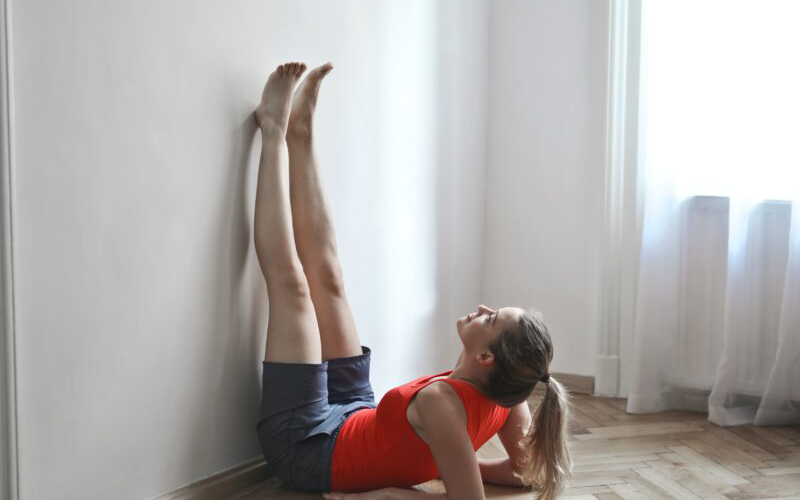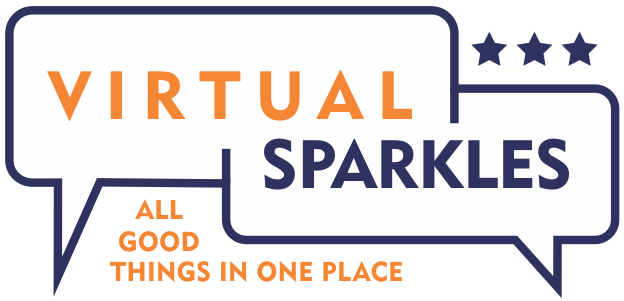Prologue
Living in the modern world can be unpredictable and stressful, you probably know that because stress is becoming enemy number one of mental health. How do you deal with that?, How to reduce or even eliminate all that negative energy and anxiety? There are lots of activities that can help you in maintaining and improving your physical and mental health. One of them is to regularly practice yoga.
This ancient practice’s origins can be traced to Northern India over 5000 years ago so it has a long and rich tradition, the meaning of the word yoga can be defined as yoking and uniting mind, body, and spirit. Yoga by definition contains physical, mental, and spiritual exercises which will help you to improve your physical posture and fitness, mental health, and spiritual state.
The fundamentals of yoga involve a series of physical and endurance exercises as well as breathing techniques and meditation instructions. The physical aspect of yoga is beneficial for your body because it can improve your flexibility, strength, and balance. Meditational techniques will sharpen your concentration and mental focus enabling you to achieve a sense of inner peace and harmony.
Along with all the positive and beneficial physical and mental, aspects of yoga, an additional advantage is socializing and making connections with other people who are practicing this ancient skill. It takes time to master your mind and body but the good news is you can start at any time regardless of your age and physical condition. You can practice anywhere, anytime, as a part of a group or completely alone it’s up to you.
Now let me present to you the best yoga poses for reducing stress and anxiety, so you can free more relaxed and stress-free during your daily routine.
Baby pose (Balasana)

This super-relaxing yoga pose is perfect when you need a break after a long and chaotic day in an office. This exercise involves kneeling on the ground and stretching your arms in front of you while trying to bring your buttocks towards your heels. You need to lower your forehead to the floor and let all your worries and problems disappear. Think about giving yourself a big comforting hug.
A Child’s pose is great for reducing anxiety and clearing your mind[1]. Personally, it’s my favorite pose whenever I feel depressed or moody it’s a great way to take care of your mental health and exercise your lower back and hips at the same time.
Tree Pose (Vrikshasana)

Tree pose can be more challenging than the previous one because it’s not exactly for beginners but don’t worry almost everything is a matter of practice, and so is yoga. If you are constant in this ancient practice you’ll be able to master this pose in no time.
To execute this demanding exercise you have to stand your feet-hip distance apart. Then shift your weight to the left foot and lift your right foot off the ground. Place the sole of your right foot on your left thigh.
Place your hands together near your heart and keep your core engaged all the time. You should visualize yourself as a strong, tall tree rooted firmly in the ground. This so-called tree position will give great exercise to your abdominal and stabilization muscles. It’ll help you to build strength, balance, and confidence.
Legs up the Wall Pose (Viparita Karani)

This is one of the best poses you can practice the literary translation of this pose would be “Legs up the wall pose”. It is a great solution when you are under tension or when you feel nervous. I’ll give you exact instructions on how to do it:
Find a clear wall space and sit down with one hip touching the wall. Then, slowly rotate your body so that your back is on the floor and your legs are up against the wall. Make sure your buttocks are as close to the wall as possible, and let your arms rest by your sides. You can place a pillow or blanket under your hips to support your lower back.
Once you’re in the pose, just relax and breathe deeply. You might feel a nice stretch in your hamstrings and lower back. Focus on your breathing and try to release any tension or discomfort in your body.
The main advantages of this pose are better circulation and blood flow, reduced swelling in your feet, it can also help you to fall asleep quicker than usual.
Combining Yoga and Stretching
Yoga and stretching share common objectives and can complement each other beautifully. Yoga sequences often incorporate stretching postures that target specific muscle groups, promoting flexibility and muscular balance. By integrating yoga and stretching practices, individuals can simultaneously experience both disciplines’ physical and mental benefits.
Whether practiced individually or in combination, these disciplines contribute to increased flexibility, strength, and balance, while also promoting mental clarity, stress reduction, and emotional well-being. By embracing the art of yoga and stretching individuals can embark on a transformative journey toward better physical and mental health(read more)
Yoga and meditation
Meditation like yoga, is an ancient skill derived from Hinduism and Buddhism. The main goal of meditation is to reach a higher level of awareness and inner calm.
The additional benefits of this antique practice are increased focus and better control of emotions. By enhancing your concentration you’ll be able to achieve a better connection with your surroundings.
Yoga was originally designed to support the practice of meditation. When you are sitting you are in a more relaxed and comfortable position.
Yoga will help you to develop proper breathing techniques and to master different poses that will improve your physical capabilities.
On the other hand, meditation will additionally help you to clear your mind, calm your nervous system and balance the hormones.
The bottom line is: by incorporating both of these ancient skills you’ll receive a vast spectrum of benefits from both worlds. When practiced together yoga and meditation are highly effective in strengthing your mind and body.
Many forms of yoga exercises combine meditation with physical sequences, which use controlled breathing throughout the yoga poses.
Health gains are numerous and include:
- Better stress managament
- Improved flexibility
- Provide emotional satisfaction
- Improved diet
- Better overall health

Conclusion:
In this article, I presented to you the primary benefits for your mental and physical health by practicing yoga. If you are new to yoga you should start from the basics and master these three poses first before you try to challenge yourself with more complex exercises.
This ancient skill is all about practice, constantly improving your body and mind isn’t an easy task right? With consistent practice, you will be able to see the full benefits of yoga. You will feel stronger, more flexible, and fully relaxed. Your daily problems and dilemmas won’t magically disappear but you’ll be able to deal with them with more confidence and easiness.
Source:
[1] – https://www.livestrong.com/







